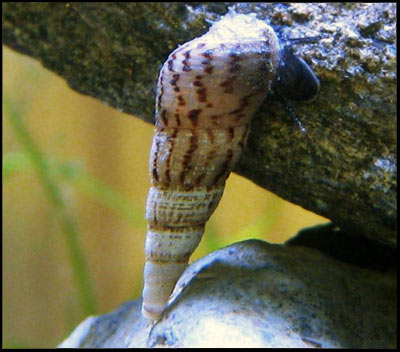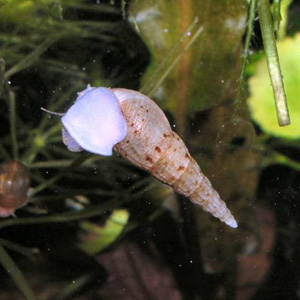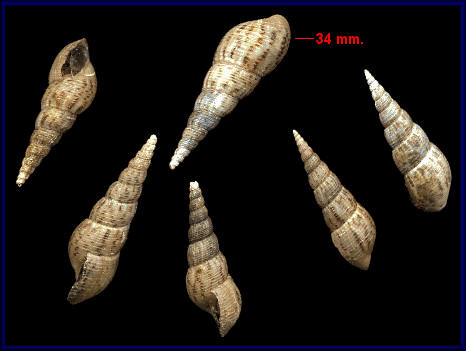Reproduction
M. Tuberculata is capable of both sexual and asexual reproduction allowing for rapid population grow and maintaining a high level of genetic variability when environmental conditions are favorable (Vogler 70 ).In the sexual reproduction the fertilized eggs in females are transferred to a brood pouch that will support the juveniles. The number of juveniles in the brood pouch varies with environmental conditions but up to seventy juveniles can be reached with even high numbers possible (Vogler 70).
Asexual or parthenogenetic reproduction is the more common of the two reproductive pathways. It is possible for an unfertilized M. Tuberculata egg to develop into a new individual. A similar pathway to the sexual reproduction is followed with the developing juveniles growing in a brood pouch. This allows for as few as a single female individual to repopulate in a short time but with limited genetic variability (Vogler 70).
In both reproductive pathways M. Tuberculata has both a distinct juvenile and adult stage. Juveniles start out in a female brood pooch and when born are 1.5 to 2.0 mm in length with up to six shell swirls. After about 90 days the juveniles will have reach the adult stage, capable of reproduction, at about 8.3 mm in length. Through the adult life span of 2-3.5 years they will continue to grow reaching lengths of 80 mm. The eggs produced by an adult female are 50-70 µm in length (Vogler 71).


